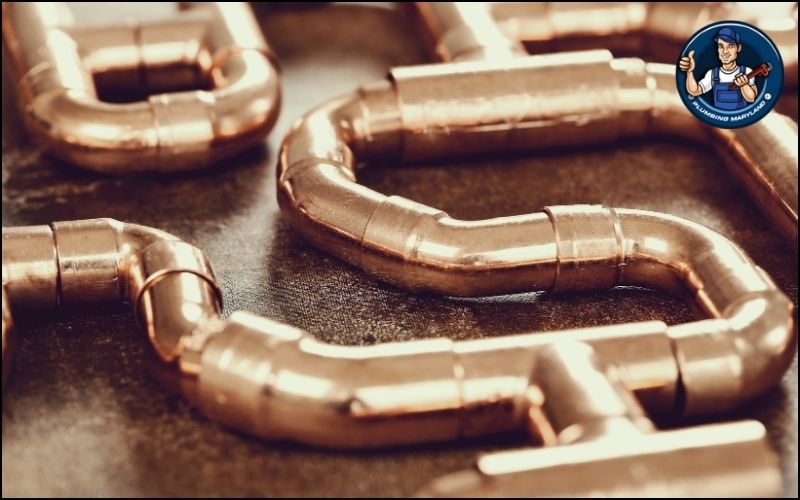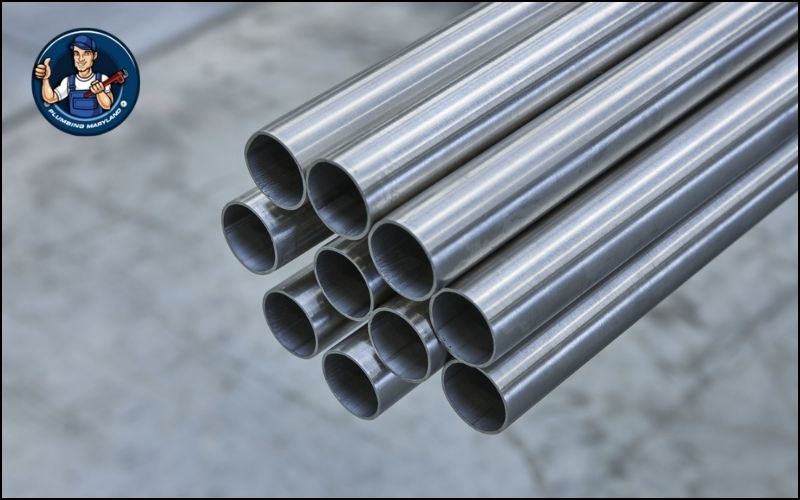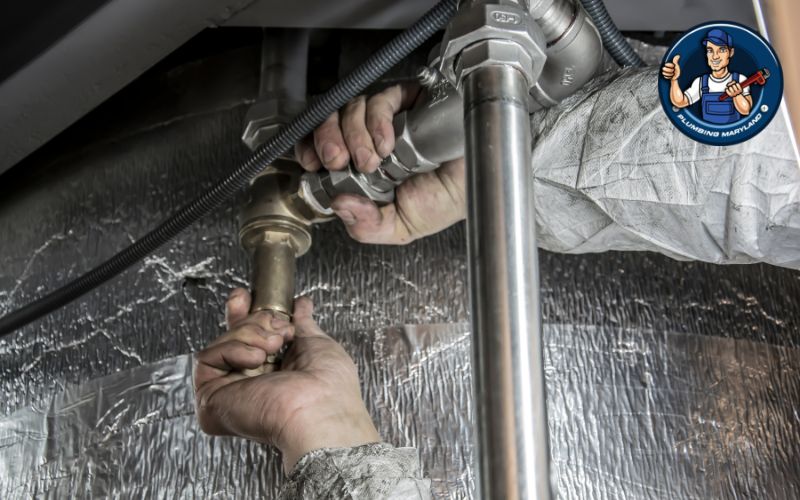When it comes to plumbing, the types of pipes you use can make a world of difference. Whether you’re upgrading an old system or tackling a new installation, choosing the right pipe ensures efficiency, longevity, and safety. Understanding their strengths and limitations can feel overwhelming with so many options available.
To simplify the decision-making process, we’ll explore four main types of pipes commonly used in plumbing. Each type serves specific purposes and is suited to particular environments. This guide will help you make an informed choice that fits your needs and budget.
1. PVC Pipes: Lightweight and Versatile
Polyvinyl Chloride (PVC) pipes are a staple in plumbing, especially for drain and vent systems. These pipes are lightweight, easy to install, and resistant to corrosion. PVC is often the go-to choice if you need a pipe to carry cold water or manage drainage.
- Advantages:
- Affordable and widely available.
- Resistant to rust and chemical corrosion.
- Easy to cut and fit, making installation simple.
- Limitations:
- Not suitable for hot water systems; excessive heat can warp the material.
2. Copper Pipes: Durable and Long-Lasting
For decades, copper pipes have been the gold standard for water supply systems. Known for their durability, copper pipes can handle both hot and cold water, making them a versatile option for residential and commercial plumbing.
- Advantages:
- Corrosion-resistant and can last for decades.
- Handles high temperatures and pressure with ease.
- Eco-friendly as they can be recycled.
- Limitations:
- Higher cost compared to other pipe materials.
- Installation requires specialized skills like soldering.

3. PEX Pipes: Flexible and Convenient
Cross-linked Polyethylene (PEX) pipes are a relatively new addition to the plumbing world, but they’ve quickly become a favorite among professionals. Their flexibility allows them to weave through walls and tight spaces with ease.
- Advantages:
- Excellent for both hot and cold water.
- Easy to install, even in challenging layouts.
- Highly resistant to freezing and bursting.
- Limitations:
- Can degrade with prolonged exposure to UV light, so not ideal for outdoor use.
4. Galvanized Steel Pipes: Sturdy but Outdated
Once a common choice, galvanized steel pipes are now often replaced by modern materials. These pipes are sturdy and durable but prone to corrosion and buildup over time. They’re mostly found in older homes and buildings.
- Advantages:
- Extremely strong and long-lasting under the right conditions.
- Ideal for high-pressure applications.
- Limitations:
- Corrosion can reduce water quality and flow.
- Heavy and labor-intensive to install or replace.

Choosing the Right Pipe for Your Needs
Selecting the right pipe depends on your plumbing system’s specific requirements. For a modern home, PVC and PEX pipes are often sufficient due to their affordability and ease of use. Copper remains a premium choice for those seeking durability and quality, while galvanized steel is typically reserved for legacy systems.
If you’re unsure about which types of pipes is best for your project, consulting a plumbing expert can save you time and money. An experienced professional can assess your needs and recommend the most efficient option.
Ready to Upgrade or Repair Your Plumbing?
Understanding the different types of pipes is the first step in creating a lasting plumbing system. Whether you need advice on replacements or are planning a complete overhaul, our team at Maryland Plumbing is here to help.
Contact us today to learn more about your options, schedule a consultation, or get an estimate for your next project. Let us bring expertise and reliability to your home or business plumbing!
